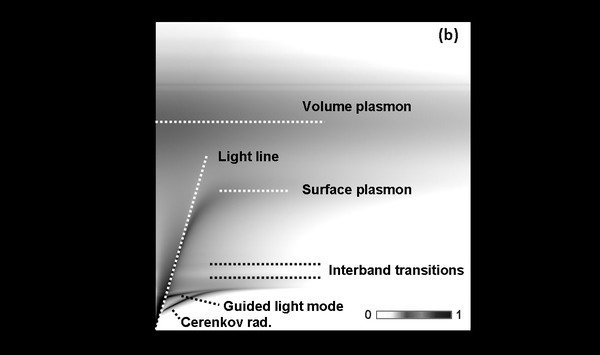Study of Valence Electron Energy-Loss Spectroscopy
Valence EELS, where the signal originates majorly from Coulomb interactions between the weakly bound outer-shell electrons and the incident beam, is of great academic interest. Since the behaviour of the valence electrons of a solid reflects the dielectric response of the medium to an externally applied field, the low-loss spectrum (< 50 eV) conveys important information about the characteristic electronic structure. Through proper spectral processing, optical properties such as the dielectric function as well as the absorption coefficient can be extracted.
Optical approaches give efficient access to these parameters with superb accuracy, however, the attainable frequency range is strictly limited (in general, to within the ultraviolet range) because of a lack of sufficiently intense excitation sources. Also, the problem of a low signal-to-noise ratio always presents itself at high energy because of the strong sensitivity of optical methods to the surface conditions of the specimen. In these respects, the clear superiority of electron scattering measurements is that they cover a much larger energy range (theoretically 1-2000 eV) and they have an insignificant dependence on the surface conditions. This bypasses any difficulties encountered in sample preparation. Most importantly, with the proper apparatus and experimental set-up, the dispersion of the electronic excitations, such as guided mode, surface and bulk plasmons, can be directly measured.
This research will concentrate on low-dimensional SiGeSn heterostructures, which have been mainly directed to solar cell applications. The sub-electron-volt sub-angstrom microscope (SESAM), equipped with a monochromator and an in-column MANDOLINE energy filter, will be employed to explore the spatial variation of the bandgap with the multilayered structure. Furthermore, to unveil the band structure, the properties of the dispersion will be investigated within frequency-momentum (ω-q) space.


